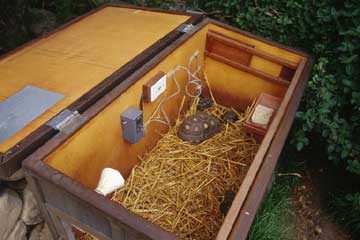
![]() Understanding reptile
heating systems
Understanding reptile
heating systems
SEE NEW UPDATED ARTICLES ON THIS TOPIC ON THE NEW WEBSITE
WWW.TORTOISETRUST.COM

|
|
SEE NEW UPDATED ARTICLES ON THIS TOPIC ON THE NEW WEBSITE
|